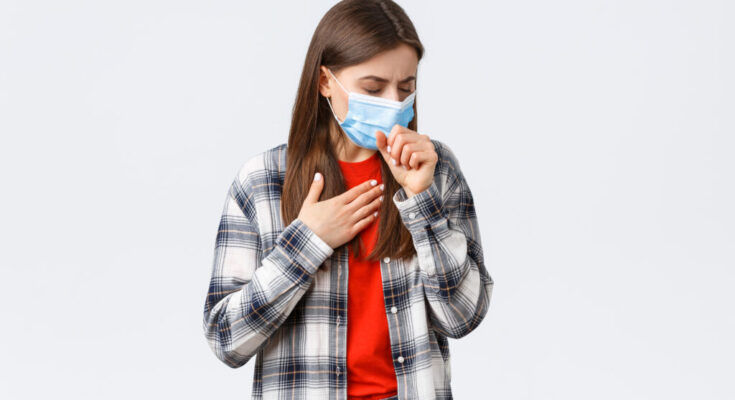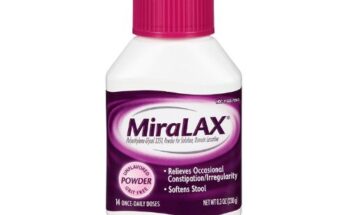Chronic Obstructive Pulmonary Disease (COPD) is a progressive lung condition characterised by persistent respiratory symptoms and airflow limitation. Understanding COPD, its causes, symptoms, diagnosis, treatment, and management is crucial for patients, caregivers, and healthcare professionals.
COPD encompasses two main conditions: chronic bronchitis and emphysema. Chronic bronchitis involves long-term inflammation of the bronchial tubes, leading to increased mucus production and persistent coughing. Emphysema, on the other hand, is characterised by the destruction of the alveoli (air sacs) in the lungs, resulting in difficulty exchanging oxygen and carbon dioxide. Most patients with COPD have a combination of both conditions.
Some of the common causes
The primary cause of COPD is long-term exposure to irritants that damage the lungs and airways. The most common reason is smoking, which is responsible for up to 90% of COPD cases. Other significant risk factors include:
Environmental pollutants:
If you’re living in a polluted city or work a job with increased exposure to toxic chemicals, you may be at risk. Exposure to industrial pollutants, chemical fumes, and dust can contribute to the development of COPD.
Genetic factors:
A rare genetic disorder called alpha-1 antitrypsin deficiency can predispose individuals to COPD, even in the absence of other risk factors.
Age and gender:
COPD typically affects individuals over the age of 40, and it is slightly more common in men than women.
Respiratory infections:
Frequent respiratory infections during childhood can increase the risk of developing COPD later in life.
Symptoms of COPD
COPD symptoms often develop slowly and worsen over time. Early symptoms may be mild and easily overlooked. Common symptoms include:
Chronic cough:
A persistent cough that produces mucus (sputum) is one of the hallmark symptoms.
Shortness of breath:
Patients often experience difficulty breathing, especially during physical activities.
Wheezing:
A whistling sound when breathing can indicate narrowed airways.
Chest tightness:
Discomfort or tightness in the chest becomes common.
Frequent respiratory infections:
Patients with COPD are more susceptible to colds, flu, and pneumonia.
Is the condition treatable?
While there is no cure for COPD, several treatment options can help manage symptoms and improve quality of life. The primary goals of treatment are to relieve symptoms, slow disease progression, and prevent complications. Some of the management methods include:
Smoking cessation:
Quitting smoking is the most effective way to slow the progression of COPD. Numerous resources, including counselling and medications, are available to support smoking cessation.
Medications:
Bronchodilators, corticosteroids, and phosphodiesterase-4 inhibitors are commonly prescribed to reduce symptoms and prevent exacerbations.
Pulmonary rehabilitation:
This comprehensive program includes exercise training, nutritional counselling, and education to improve physical fitness and overall well-being.
Oxygen therapy:
For patients with severe COPD and low blood oxygen levels, supplemental oxygen can help improve breathing and energy levels.
Surgery:
In advanced cases, surgical options such as lung volume reduction surgery or lung transplantation may be considered.
Other lifestyle-related things to do
Exercise regularly:
Physical activity can help improve lung function and overall fitness. Patients should work with their healthcare team to develop a safe and effective exercise plan.
Eat a healthy diet:
A balanced diet rich in fruits, vegetables, lean proteins, and whole grains can support overall health and energy levels.
Avoid respiratory irritants:
Reducing exposure to pollutants, chemicals, and secondhand smoke can help minimise symptoms.
Get vaccinated:
Vaccinations for flu and pneumonia are essential for preventing respiratory infections that can worsen COPD.
Closing thoughts
Chronic Obstructive Pulmonary Disease is a complex and debilitating condition that demands attention. Apart from getting treatment, understanding causes, recognising the symptoms, and adhering to treatment and lifestyle recommendations are the cornerstone. While there is no cure, patients with COPD can still improve their quality of life and manage their condition better.
Source link



